Some links on this page may contain affiliate links which means that, if you choose to make a purchase using the link, Agricfy.com may earn a small commission at no extra cost to you. For more information, go to our Affiliate Disclosure Page!
Introduction
Broilers and Noilers are two of the many breeds of chicken in poultry farming.
They have some similarities, but the difference between broilers and noilers is what this article analyzes.
It is worth noting that poultry farming is one of the fastest and most lucrative businesses in the agricultural sector anyone can venture into.
In poultry farming, birds like chickens, turkeys, and ducks are raised either for meat or eggs.
However, farmers prefer to raise chickens as it’s the most lucrative of all of them (this all depends on location though).
There are different breeds of chickens: meat breeds, laying breeds, and those for dual purposes.
Broilers are reared basically for meat, while noilers are for dual purposes.
That is, it is raised for the production of meat and eggs.
The difference between the broiler and the noiler is noticeable in terms of method of breeding, growth rate, color, housing, hatching, and feeding method.
Before analyzing the difference between broilers and noilers, it’s necessary to know:
- What are broilers?
- What are the characteristics of broilers?
- What are noilers?
- What are the characteristics of noilers?
What is a broiler?
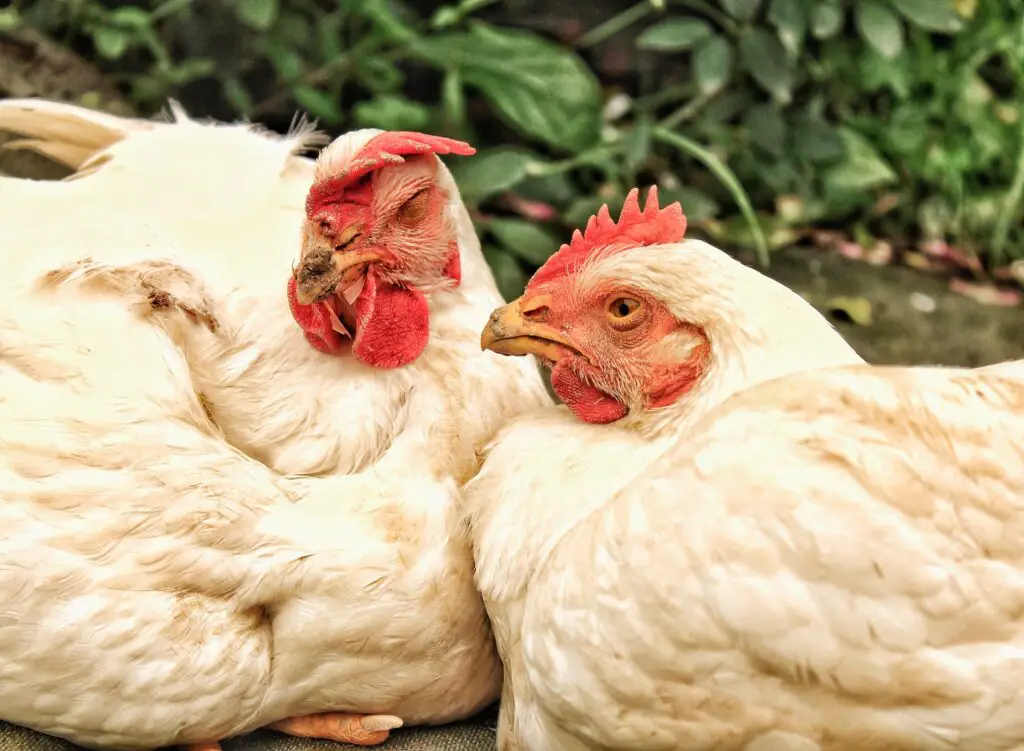
A broiler is any chicken raised for the purpose of meat production.
This idea of raising chickens for only meat production started in the early 1900s after World War 2.
Broilers are usually white in color and basically reared for their meat.
The meat is soft, sweet, and succulent.
Broilers are highly profitable and bring in quick returns.
It grows very fast and reaches the marketable size at about 8 weeks of growth.
How are Broilers Raised?
Broilers normally do not produce eggs, but poultry farmers raise “parent broilers” that can produce eggs but not the normal type of egg we eat.
These eggs are produced, taken to the hatchery, and incubated.
It hatches, and the chick is put in a belt and vaccinated.
They grow and undergo specific processes, like beak trimming and comb dubbing.
Within six weeks of hatching, a broiler becomes mature and ready for commercial use.
However, the time of maturity depends on the management and the breeding process.
This breeding process includes sanitation, provision of water, weather conditions, feeding method, effective scaling method, housing, ventilation, and vaccination.
Sanitation
Poultry farmers must observe strict sanitation processes when rearing broilers.
This process includes the use of sanitizers, disinfectants, clean water, and cleaning equipment.
Housing
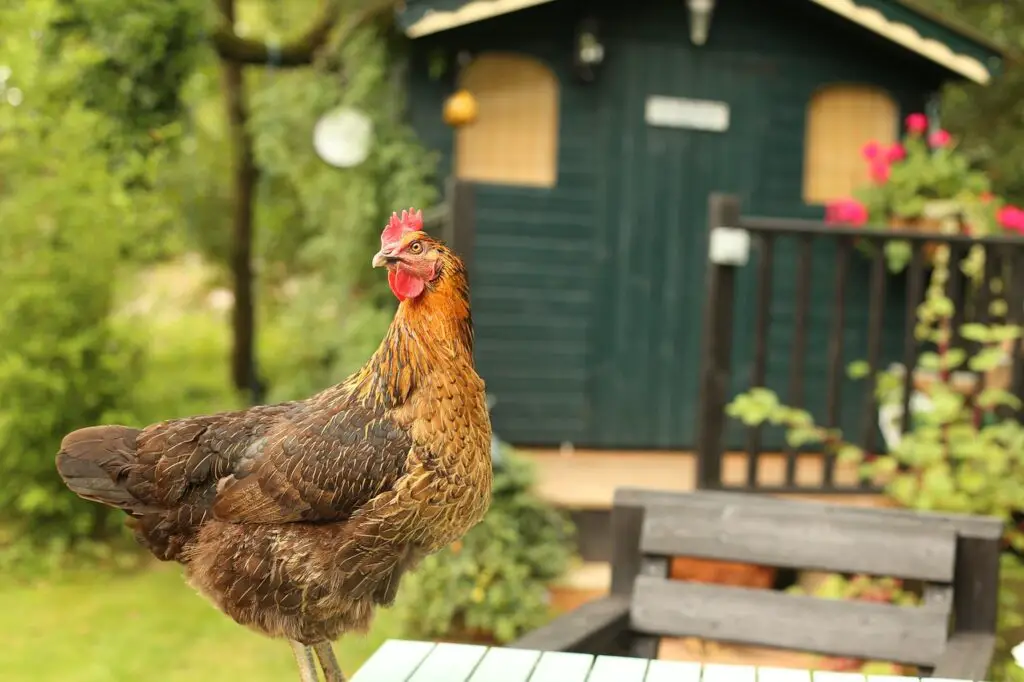
Broilers are reared in spacious, comfortable houses with good lighting, and ventilation, free from human distraction, and close to the market.
Air should circulate freely in the house provided for broilers.
Provision of Water
On average, and depending on the weather conditions, broilers take about 5.28 ml of water.
Water is very important in the development of chickens, whether broilers, layers, cockerels, or noilers.
Inadequate intake of water causes adverse effects on these chickens.
However, water intake should be measured in moderate quantities.
Feeding Method
Broilers consume more protein than other chickens.
This gives their bodies enough amino acids and helps them gain weight and grow.
From week one to three, broilers eat crumbs.
Some broilers can take a fiber diet that aids digestion and supplies energy.
Scaling Method
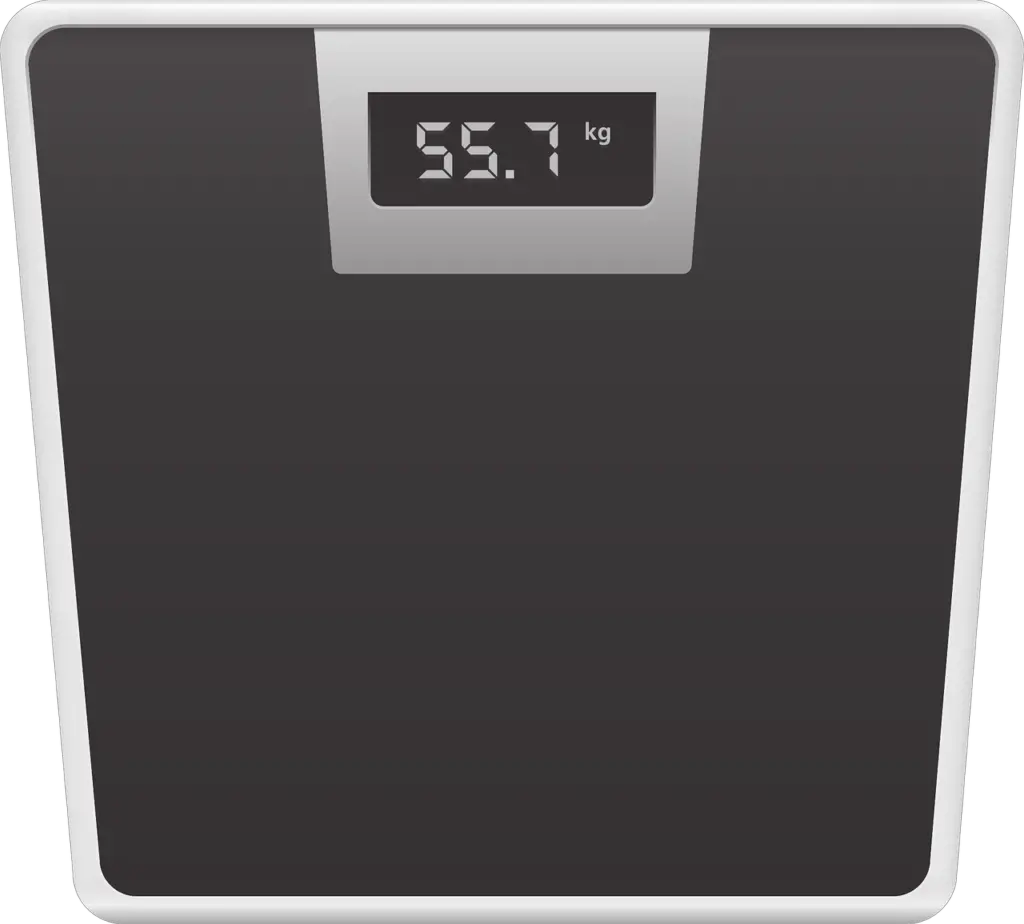
It is important to weigh broiler chickens during the rearing period.
Many poultry farmers prefer to weigh once a week so as to keep track of the broiler’s weight and growth.
Traditionally, broilers are weighed using steel guards or platform scales.
Vaccination
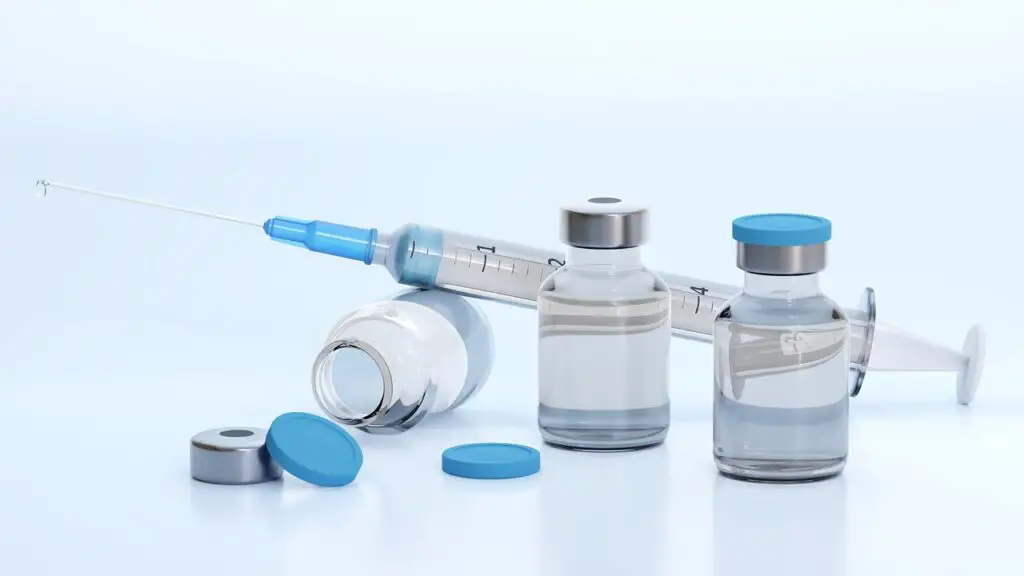
Broilers need to be vaccinated from 14 to 16 days old.
This vaccine protects the broilers from viruses like the Newcastle Disease virus (NDV), the Infectious Bronchitis Virus (IBV), and Infectious Bursal Disease (IBD).
These vaccines boost their immune systems.
However, broilers with existing respiratory issues are not given vaccines as this can escalate the problem.
What are Noiler Chickens?
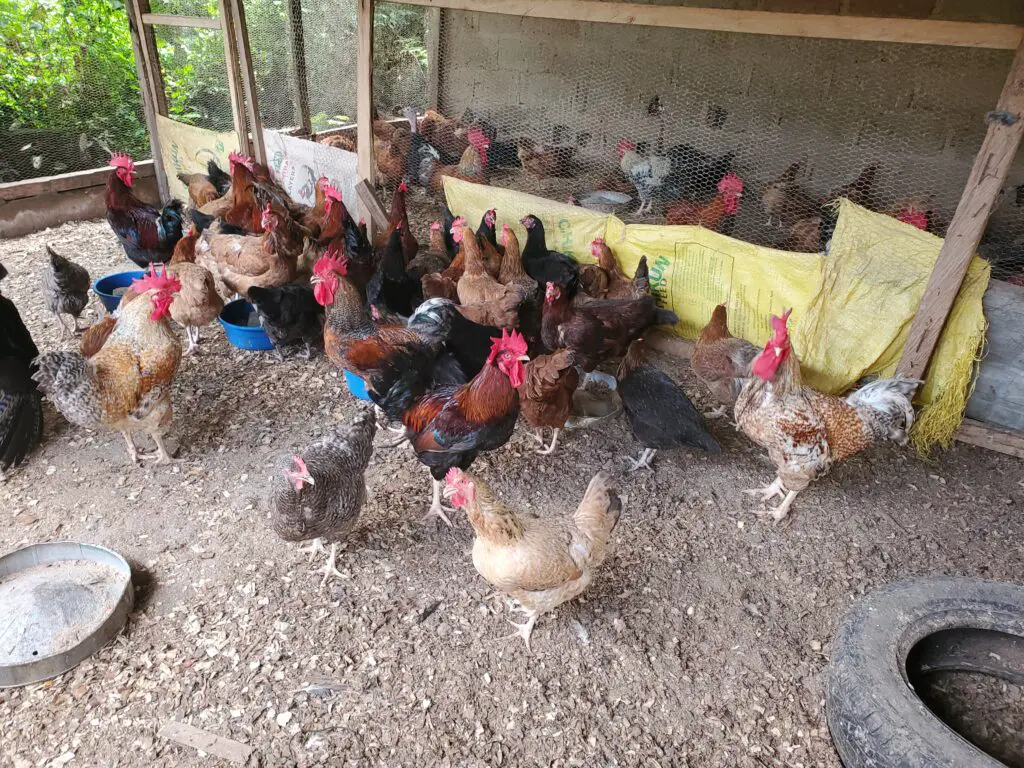
Noilers are a breed of broiler that is raised for both meat consumption and egg production.
It is called a “dual-purpose chicken.” A lot of people don’t know that noilers are a mix of broilers and cockerel.
Noilers come in a variety of colors. Some are yellow, grey, black, and brown, and this makes them look beautiful.
Characteristics of a Noiler
● Profitable and dual-purpose
Noilers are known to produce both eggs and meat.
Rearing noilers is much more profitable as you can sell eggs and meat.
● Feeding method
Noilers feed on basically any food, even kitchen waste.
Housing
Whatever housing method you choose must be kept warm, ventilated, and temperature controlled to at least 350 degrees Celsius.
Noiler Meat
Noiler meat is white and high in nutrients.
Noilers are very strong and disease resistant, though they can be affected by the coccidium disease.
Size
The noiler chicken is bigger than the broiler, but the sizes of the noilers are different.
Some grow very big, while some grow very small.
A noiler can grow as much as 3 kg in 16 weeks.
Method of Rearing
Noilers can be reared using any method.
Either the deep litter, cage system, or free-range. The common method of rearing noilers in Africa is through the deep litter and mostly free-range system of farming.
It could be extensive or semi-extensive.
Although noilers are resistant to common chicken diseases, there is still a need for proper vaccination.
The Difference Between Broilers and Noilers
- Genetically, noilers appear stronger than broilers and can conquer stress easily.
- Noilers live longer than broilers.
- Noilers have a lower mortality rate than broilers.
- Unlike broilers, which are mainly white in color, noilers come in a variety of colors.
- Some are grey, brown, and even yellowish.
- Noilers can produce eggs, meat, and fish. Thus, it is relatively more profitable than broilers.
- Noilers grow quickly and can be fed anything edible, such as rice chaff, vegetables, casava chaff, noodles waste, or even leftover kitchen waste.
- But for broilers, their food must be well scrutinized and selected to avoid infection.
Conclusion
Poultry farming is a very lucrative business that doesn’t require much start-up capital.
You can use any space available as long as it is free from constant human activity.
Poultry farming attracts lots of investors and quick returns.
However, to start a standard poultry business, you must have
- a poultry business license
- An identity card
- a Corporate Affairs Certificate (this certificate shows that your business name is recorded.
- A business plan
- A Tax I.D
- A permit for a poultry farm
Many farmers choose to do noiler chicken farming because it is more lucrative and easier to manage than broilers.
Farmers will make more profit by selling both the eggs and meat of noilers.
Most farmers in some African countries, like Nigeria, Uganda, and Kenya, have adopted the rearing of noilers because of their profitability.

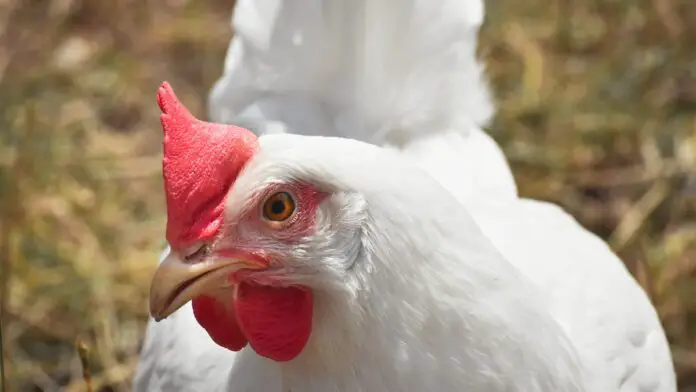

This article is very informative and encouraging.
This article make me know about poultry farming thanks so much
Its so educative, thanks for the information.
Great
Although I have not started any poultry farm business but with this I have learnt alot
Really helpful article
What is the difference between Cockerel and boiler?
I must be sincere, you really teach me something great through this article. I pray for more knowledge for you In The Name Of Jesus Christ!
Thank you so much.
Very great and informative! I wish you create a WhatsApp group for further information and teachings.